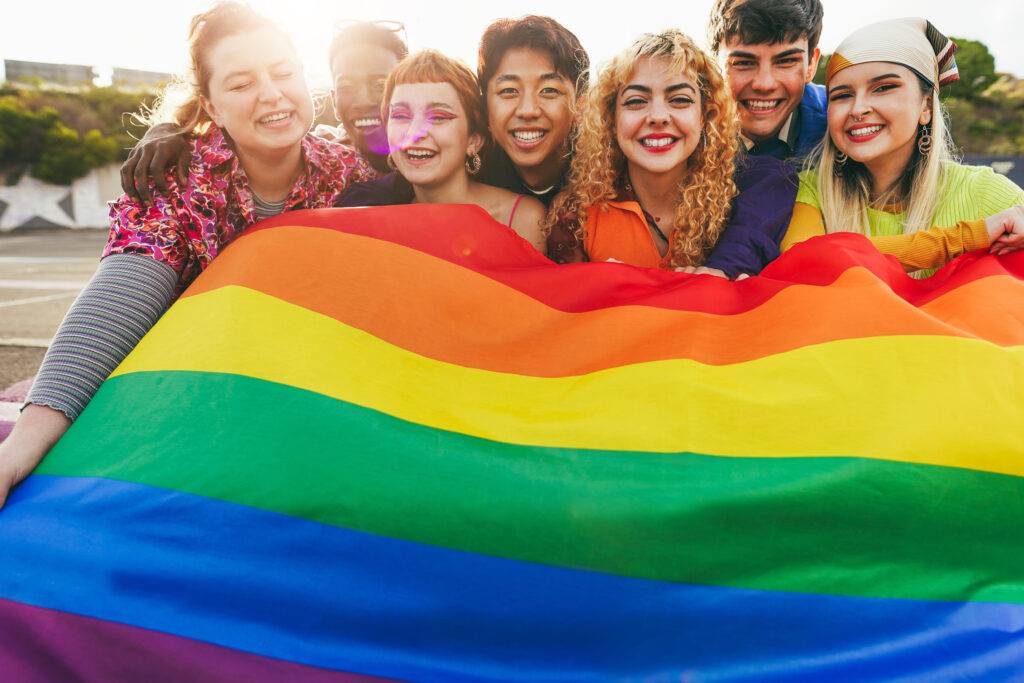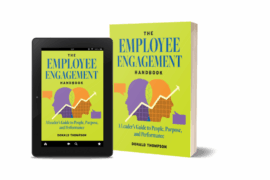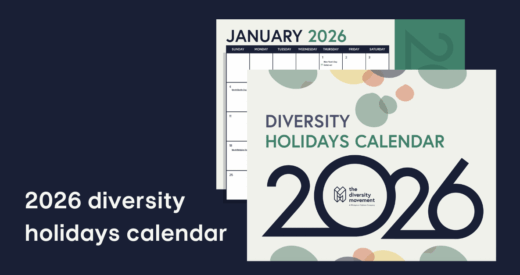As Generation Z assumes a greater share of the workforce, employers face increasing pressure to create inclusive, psychologically safe workplaces. LGBTQ+ identification in the United States has doubled over the past 11 years with 22.3% of Gen Z identifying as LGBTQ+. In fact, each younger generation is twice as likely to identify as LGBTQ+ than previous generations. In short, LGBTQ+ inclusion is a workplace issue.
Given that Gen Z will comprise 30% of the U.S. labor force by 2030, organizations that fail to prioritize LGBTQ+ inclusion will lose out on top talent and incur the replacement costs associated with turnover. Ernst and Young calculated the annual savings at $4.2 million for the average Fortune 500 company if retention of LGBTQ+ employees improves by just 5%.
Employees aren’t the only ones watching—customers are too. A recent study by GLAAD and Edelman found that Americans are twice as likely to buy from brands that publicly support and commit to protecting LGBTQ+ rights. LGBTQ+ individuals also make up a notable share of the modern marketplace, and your products and services must cater to this population. Recent estimates put the LGBTQ+ community’s purchasing power at $3.9 trillion.
Remember, there are important differences between older-generation and younger-generation LGBTQ+ employees. Specific identification varies – “bisexual” is the most common identity for Gen Z, millennial, and Gen X, whereas “bisexual” is tied with or trails “lesbian” and “gay” in baby boomers.
Gen Z also has a less positive outlook on their employer’s LGBTQ+ inclusion than every other generation, graded at a C+ compared to a B. This reinforces that employers must prioritize and bolster LGBTQ+ inclusion efforts.

The bottom line is if your company wants to attract top talent, engage employees, strengthen its brand, and increase profits, it must include and advocate for LGBTQ+ people. Companies that are ready to invest in LGBTQ+ inclusion need to make sure they’re getting it right. We’ve identified six primary initiatives that make a true impact.
- Focus on psychological safety and belonging. Research shows that organizations thrive when employees can be their authentic selves. However, 46% of LGBTQ+ employees report being closeted at work. This underscores the work leaders need to do to foster spaces where LBGTQ+ employees feel welcomed and accepted. Some key methods to increase psychological safety include viewing conflict as solvable, holding empathy for others, and asking for feedback.
- Establish employee or business resource groups. Creating affinity groups is another great way to boost belonging amid identity groups. However, in order to ensure sustainable success, it’s important that all groups are aligned with overarching business goals. Positioning a group as an employee resource group or business resource group with clear goals and an executive sponsor increases organization-wide awareness and support. With the proper framework, ERGs and BRGs can collect valuable employee feedback, share personal stories, and increase employee engagement.
- Implement inclusive leadership training. Inclusive leadership is the foundation of a positive workplace culture, one where leaders not only accomplish organizational goals, but create space for creativity, innovation, and excellence. Inclusive leadership requires a shift in traditional top-down management thinking, but anyone can be a more effective leader by adopting three key strategies: use inclusive language, encourage contributions from everyone, and invest in people-first relationships. Inclusive leadership is a practice that develops and grows over time, and benefits from intentional reflection and training.
- Establish a mentorship program. LGBTQ+ people rarely see themselves represented in leadership positions and may not see a clear career path at your company. Just 0.8% of Fortune 500 CEO roles and only 0.6% of Fortune 500 board seats are held by LGBTQ+ people. Establishing mentorship and sponsorship programs can help develop talent and assure LGBTQ+ employees that you care about their career development. If you do have LGBTQ+ leadership at your organization, encourage them to share their personal stories. The increased visibility will inspire other employees and signal that your company is welcoming and affirming.
- Focus on allyship. Training your entire workforce to be allies of the LGBTQ+ community reinforces your commitment to creating a welcoming culture. Successful methods include active allyship training and storytelling from members of the LGBTQ+ community. Leaders should set the expectation that everyone must be treated with respect and professionalism, so that all employees feel able to show up as their authentic selves.
- Ensure your policies are inclusive. Inclusive policies and benefits demonstrate your commitment to fostering a supportive environment for everyone, regardless of sexual orientation or gender identity. This includes implementing a robust anti-discrimination policy, eliminating gender-based dress codes, including same-sex partnerships in benefit options, and using gender-neutral language in company documentation.
Embracing LGBTQ+ inclusion is not just a moral imperative but a strategic business decision. As Gen Z becomes a significant part of the workforce, companies that prioritize inclusion, belonging, and employee engagement will thrive, attracting top talent and gaining customer loyalty. By implementing comprehensive policies and fostering an inclusive culture, organizations can ensure they are well-positioned for future success, benefiting both their employees and their bottom line. The time to act is now, as inclusive practices are crucial for building a resilient and innovative workplace.
To learn more about fostering an LGBTQ+-inclusive workplace, explore our comprehensive online course, The ABCs of LGBTQ+. And for practical advice for cultivating inclusive, welcoming workplaces for all employees, read The Inclusive Leadership Handbook.
Kaela Sosa is co-founder and Manager, Curriculum and Programming at The Diversity Movement. Her expertise includes psychology, gender identity and sexual orientation and racial identities. Kaela has written and spoken about a range of topics: active allyship, the inclusive talent lifecycle, disability etiquette, LGBTQ+ inclusion and inclusive language. At The Diversity Movement, she leads the development and execution of learning programs, including digital learning, online courses, certificate programs and certification opportunities. Connect with or follow Kaela on Linkedin to learn more.




